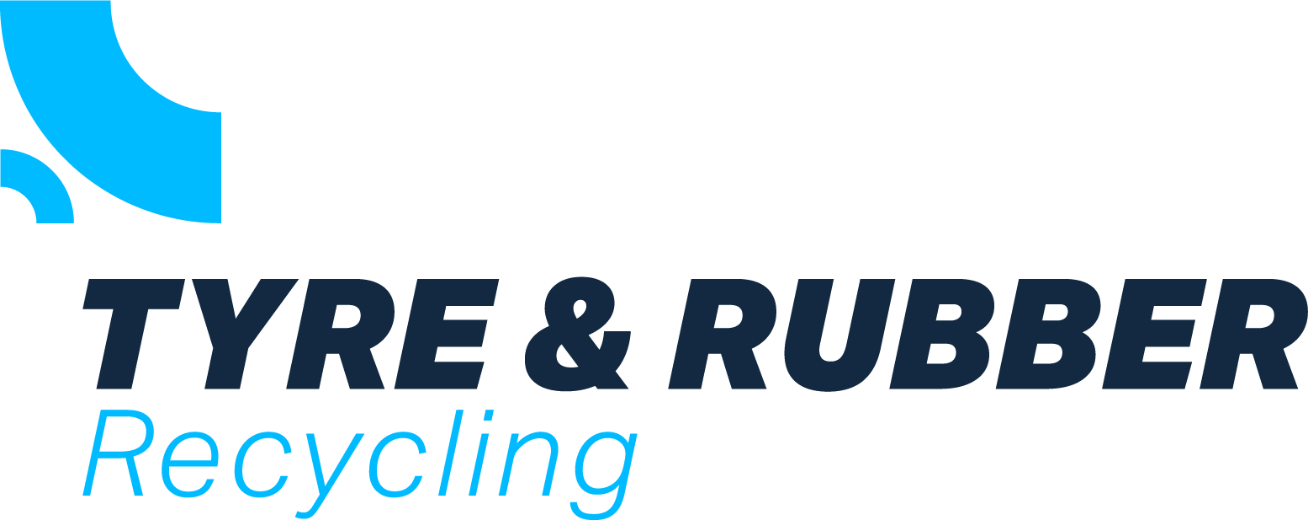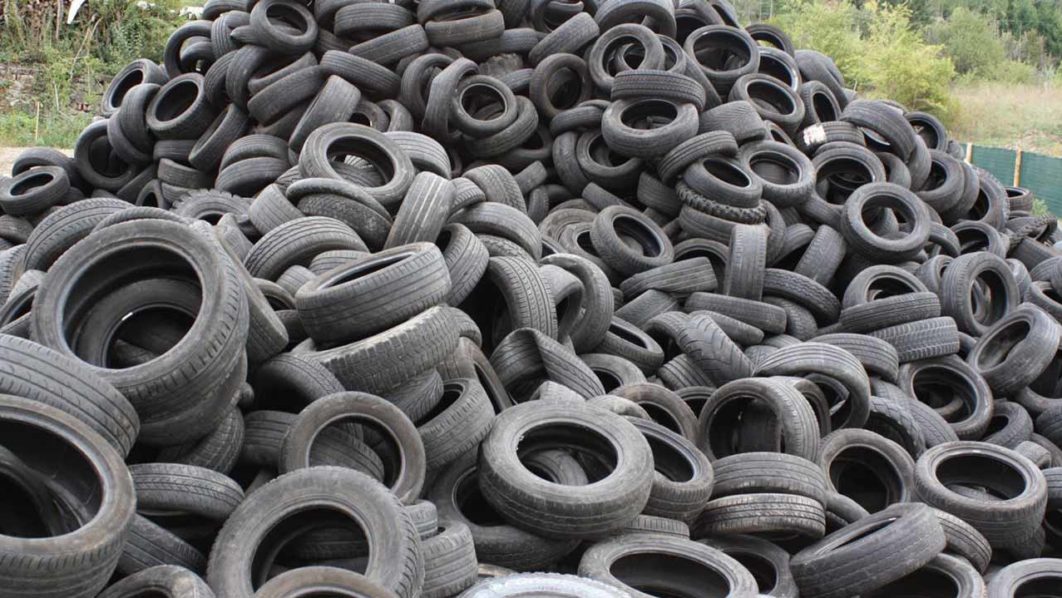Spain has updated its Royal Decree 712/2025 that established the Spanish EPR system, which has been one of the more successful initiatives in Europe
The 20 year old decree had been modified over the years but coming changes in the European Waste Shipping and Transfer Rules have guided an overhaul of the Spanish regulations to bring them in line with the proposed future oversight of waste management by Brussels. The new decree also aligns with EU Law 7/2022 on Waste and Contaminated Soils for a Circular Economy and Directive (EU) 2018/851. Having said that, there may be some way to go before Europe sees uniformity in waste shipping and transfer rules.
The new Royal Decree 712/2025 of August 26 (published in the Spanish Official Gazette on August 27, 2025) replaces Royal Decree 1619/2005 and fully updates Spain’s legal framework on end-of-life tire (ELT) management.
The new decree strengthens the EPR scheme by reiterating that producers are responsible for the collection, treatment, and recovery of tires they place on the market, either individually or through collective systems. Additionally. There is a new financial guarantee: EPR schemes must hold a reserve equivalent to 5% of annual management costs to ensure continuity if the organization becomes insolvent or dissolves.
One of the loopholes in the EPR regulations was that there were “freeriders”, ie, those who fell outside the schemes. This is not just a Spanish problem. The EPR schemes across Europe, and increasingly around the world, are run on behalf of the tyre producers. They are only responsible for recovering their own waste tyres by volume. So, if, say Michelin sold one million tyres in Spain, they are only responsible for the management of that one million. The members of the EPR schemes have no obligation to collect tyre volumes from sources outside the membership of the scheme.
Of course, this means that the EPR schemes all show very high recovery levels, yet in most countries there are excess tyres entering the market through smaller importers as grey, or even blackmarket imports.
The new Decree goes some way to address this by placing Mandatory Waste Prevention requirements on producers placing more than 250 tonnes of tires annually, who must now submit a prevention plan by May 31 each year.
These plans must include measures to extend tyre life, promote reuse, and increase recycling.
Just how a low-level importer is going to meet those requirements remains to be seen.
In a move that is going to become a requirement across Europe, Spain will now insist upon all reporting, registration, and administrative procedures being fully electronic, increasing efficiency and transparency.
This will be a requirement to meet the EU waste transfer and shipping rules, which will be digitally overseen from Brussels.
The latest Decree makes clearer definitions of “replacement tyres,” “second-hand,” “retreaded,” and “first fit” (OEM) tyres improve regulatory clarity. One might presume that Spain is closing loopholes that allowed some players to evade the EPR regulations.
In terms of retreaded tyres, TNU advises that there has been a clarification of “casings” used in retreaded tyres.
The definition of casing is motivated by Royal Decree 731/2020, which clarifies in which cases a retreader in Spain becomes a producer:
- If, to produce retreaded tyres, imported casings are used, then the retreader is considered a producer.
- If the casing comes from within Spain, they are not considered a producer; the retreaded tyre would not be subject to an eco-fee (ecovalor), and it would not need to be reported to collective systems or the national producer registry.
- However, if the casing used is imported, this constitutes a new placing on the national replacement market, so it would be subject to an eco-fee and must be reported as placed on the market.
The circularity of tyres has always been an issue, and whilst recovery levels may have been very high, and all tyres recovered were recycled, the circularity of the process was less successful. True tyre circularity is tyre derived material going back into tyres. This has always been an El Dorado, the reality has long been that energy recovery though waste to energy and cement kilns has accounted for somewhere around 50% of all arisings in Europe, the balance going to material recovery, a small part of that going back into tyres via the reuse of steel, possibly reclaim or devulcanised rubber, and a small amount by one route or another from recovered carbon black from pyrolysis operations.
Rather than a circular economy in tyres, there is a spiral economy, but that is another discussion.
The Decree addresses this lack of circularity by setting incremental goals for reuse, recycling, and energy recovery by 2025, 2030, and 2035, with strict limits on landfill disposal and energy recovery as a last resort.
These changes are tied together by the clarification of the obligations of recycling plants, workshops, and municipal collection points regarding collection, preparation for reuse, and reporting. It sees stricter controls and sanctions that improve enforcement mechanisms and impose penalties for non-compliance. It also revisits the Landfill ban introduced in 2011 ensuring that, with very few exceptions, no tyres go to landfill.
The Decree establishes a unified reporting system is established, with annual public data by region on tyre flows and recycling rates.
It also ensures that the EPR systems – SIGNUS and TNU, must develop publicity campaigns to improve awareness amongst producers, workshops and consumers alike.
This latter point is one that reinforces the publicity campaigns that both SIGNUS and TNU have been operating to build awareness of the challenges and opportunities in the sector. In this latest Decree, Spain has listened to the industry, it has looked at the realities of their EPR scheme and moved to reinforce the positives and strengthen the weak elements of the system. It is making the Spanish EPR scheme fit for the future.
Both SIGNUS and TNU welcome the tightening up of the regulations and the improvement in traceability.
“We hope that this new regulation, which further involves producers and improves the traceability of end-of-life tire management, will definitively boost the value of recycled materials, thus turning waste into a resource in line with the principle of the circular economy,” says Carlos Prieto, General Manager of SIGNUS.
One of the points that SIGNUS highlighted was the Eco-modulation: The idea that the financial contribution from producers must be modulated taking into account the tyre’s useful life, the possibility of preparing it for reuse, and the recycled material content. Essentially, if a tyre has a longer life, better economy in use, then the fees will reflect that status.


















